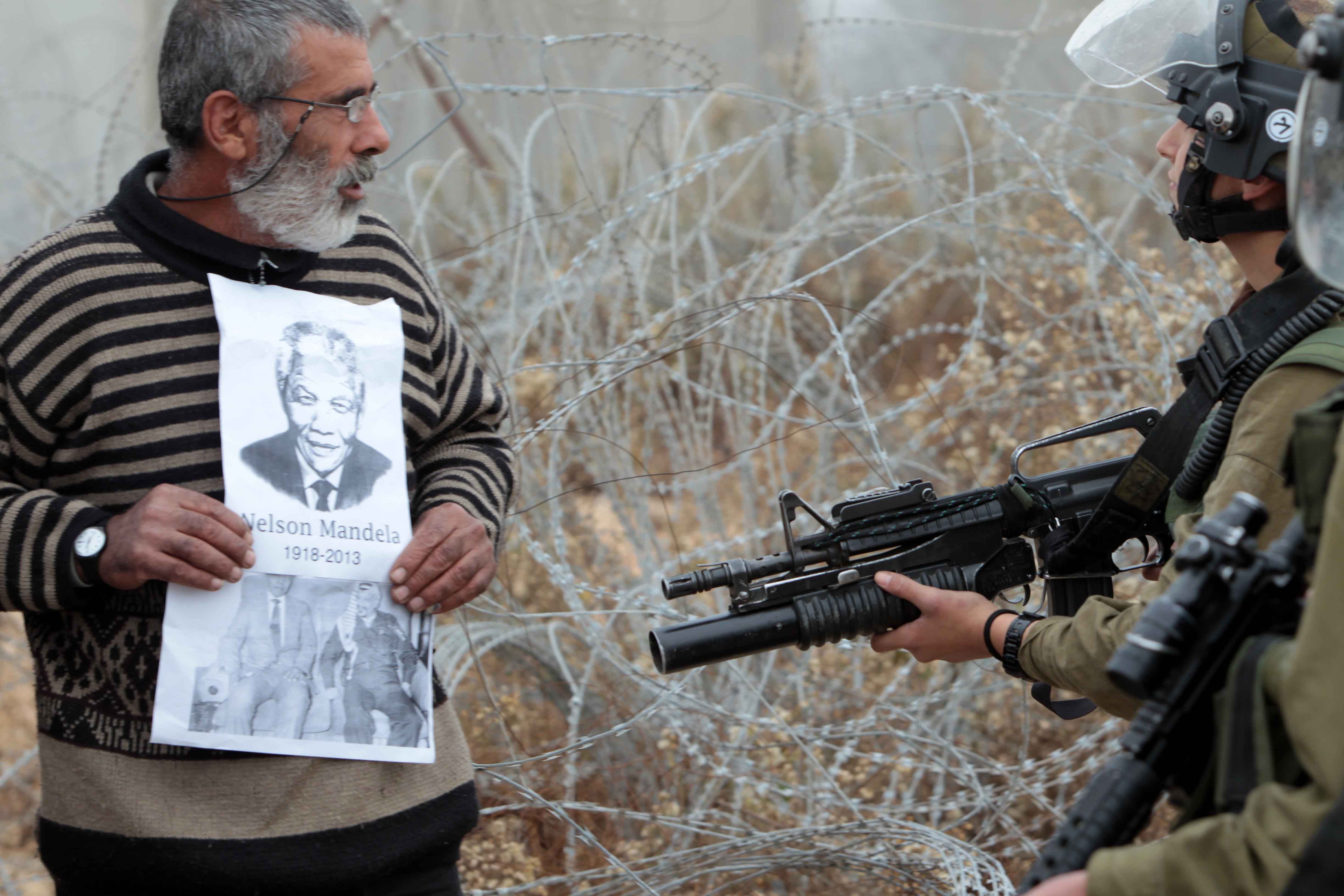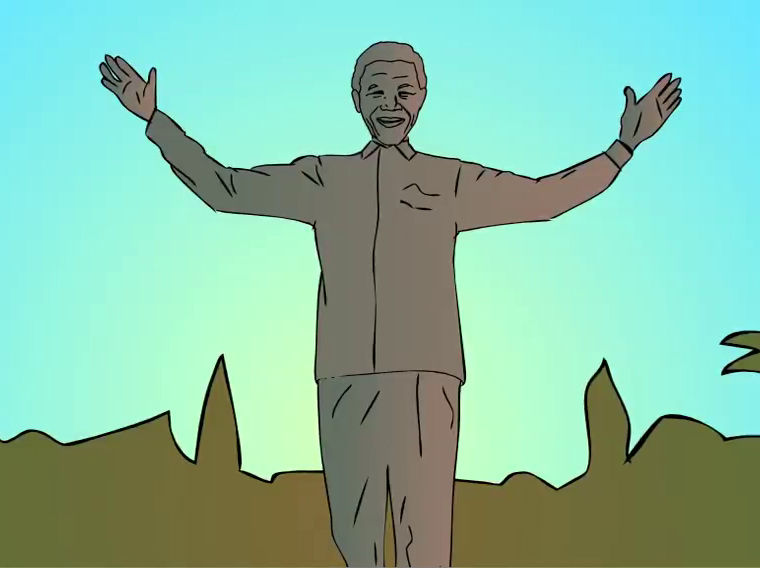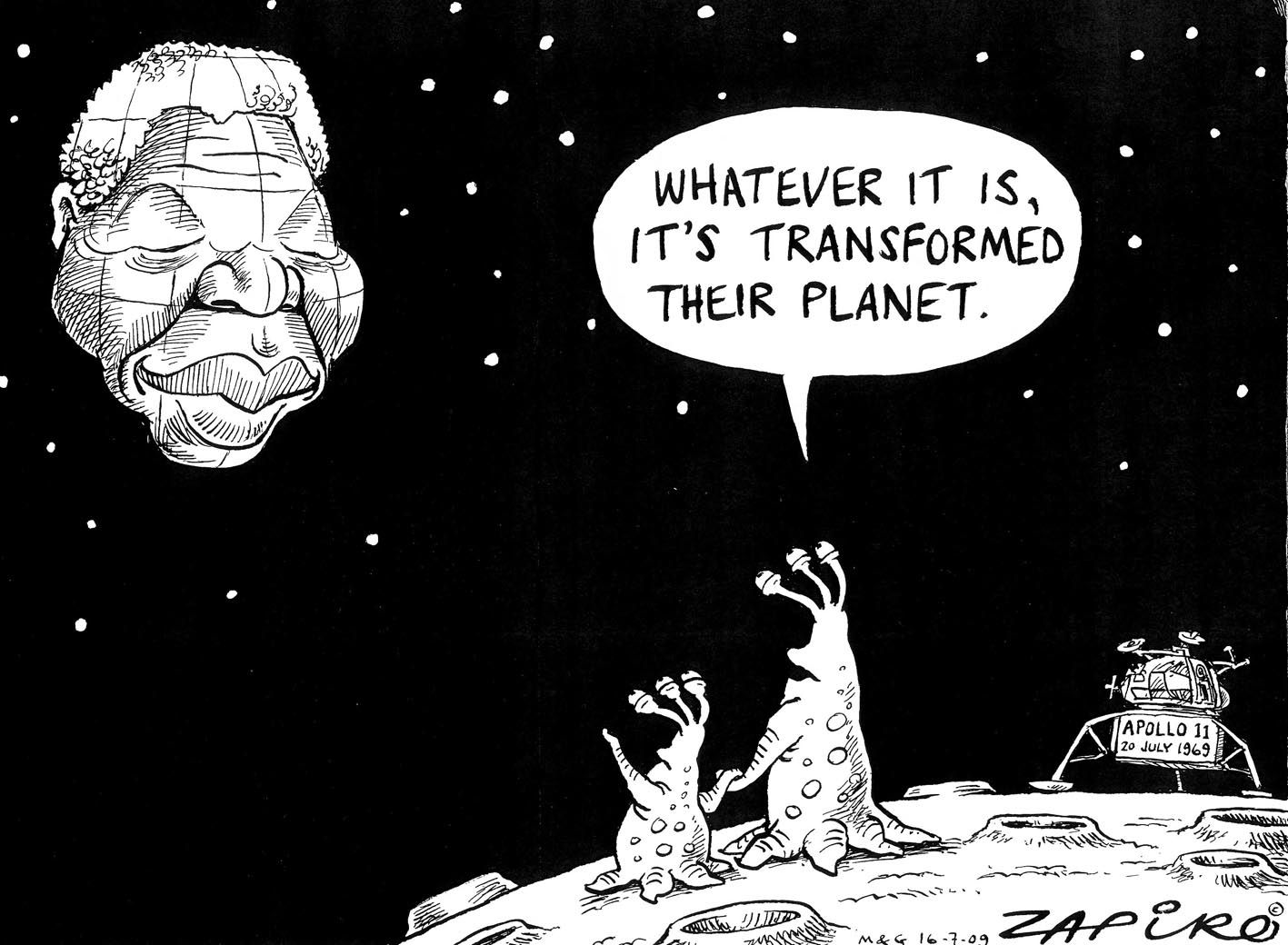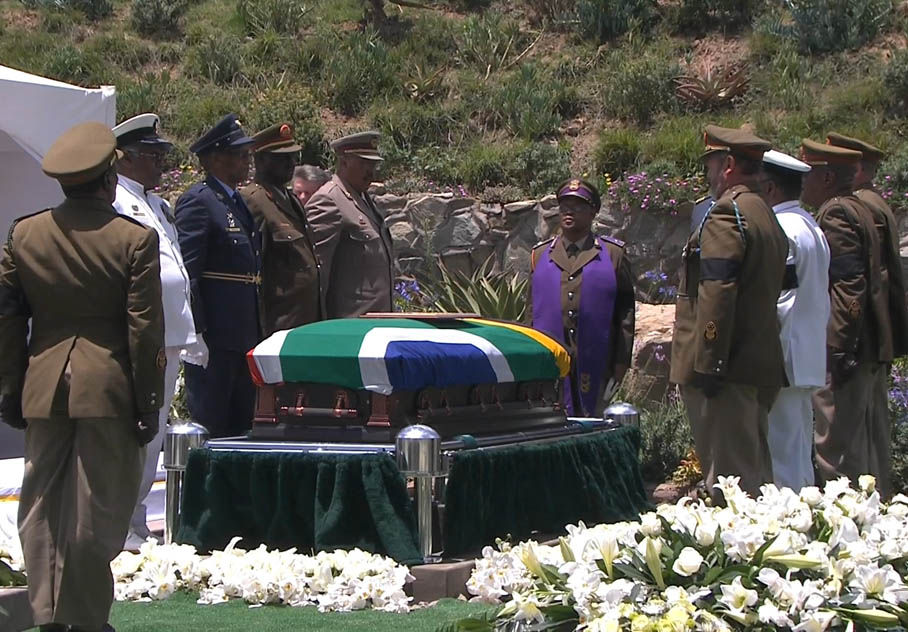
The world pays tribute to Mandela (slideshow)
As South Africans come to terms with the loss of former president Nelson Mandela, the rest of the world bids farewell to Madiba.

Pimples: Saving Madiba's rabbit (video)
Gwede, Mac and Blade try their best to stop the rabbit from whispering in Mandela's ear. But the elusive animal has some tricks up its sleeve.

Zapiro's best Madiba cartoons (slideshow)
From his toughest moments to his most triumphant, Madiba has been an inspiration. Here are some of our favourite Zapiro cartoons about him from 1994 to 2013.

Mandela: SA's greatest son laid to rest (slideshow)
The world watched as Nelson Mandela was finally laid to rest in his hometown of Qunu following a dignified and moving funeral ceremony on Sunday.
THE STRUGGLE: A History of the African National Congress by Heidi Holland (Grafton, R24,99)
This book announces itself as a 'popularisation” -- which is a good thing insofar as it exposes people to ideas they would not otherwise encounter, and makes visible a history that has been suppressed.
Much depends on the book's target audience.
Holland has said in an interview that The Struggle is intended for South African whites; her aim is to 'de-demonise" the African National Congress. An extremely worthwhile project -- and the book is extremely readable and accessible.
In this context, however, the book raises vexed questions about the politics of reading, and the readers' politics. For politically unaware readers (most whites), it might be an eye-opener, possibly even an opinion-changer.
Holland is not nearly so impassioned in her condemnation of apartheid and the Nationalist regime as, say, Mary Benson is in her book on the ANC -- presumably to avoid alienating white readers.
But the responses of already politicised readers will be vastly different. Here, the book is open to accusations of over-simplication and romanticisation.
The book's first two chapters deal with Nelson Mandela's early life (with some Xhosa history thrown in); the third chapter compresses the first 31 years of the ANC's history into 14 pages.
It is definitely most concerned with the Mandela-era ANC, but closer examination of changing out-looks would have served to contextualise the post-Youth League movement and to trace more explicitly the development of African nationalism.
It would also have been enlightening to compare its development with that of other African philosophies like négritude of Leopold Senghor or the work of Frantz Fanon.
Holland's book is noticeably thin when it comes to actual political ideas and beliefs and their relation to ANC policy. Policies are given only in the broadest summary.
The chapter on the Freedom Charter quotes almost nothing of that cornerstone document. In the chapter of the 1980s, 'Backlash and Bloodshed”, the South African Youth Congress is not even mentioned. And, by the way, Vorster's first names were Balthasar John, not Johannes.
Drawn chiefly from interviews with leading resistance figures, The Struggle performs a valuable service in transforming an orally transmitted story into permanent print, but in so doing becomes a mythologisation (in the true sense).
Anecdotes become regular activities and the mythicised personalities emerge more strongly than what they stood for. To be fair, sometimes this works well within its avowedly "popular" agenda, serving to humanise legends.
Here is an example, from the beginning of the 1952 Defiance Campaign: "Volunteers were turning out in such great numbers and the campaign was going so well that an atmosphere of celebration prevailed in the crowded flat.
On one occasion, when someone brought news of a particularly pleasing act of defiance, Walter Sisulu 's high spirits gave rise to an impromptu Xhosa dance.
'He kicked up his leg, clapped and wriggled and jumped,' recalls Yusuf Cachalia. 'I enjoyed it so much that I asked him to do it again' On occasion, this method serves merely to vulgarise and make people look faintly ridiculous.
'The (1956-60) treason trial dragged on for more that four years, watched from the public gallery by foreign diplomats and relatives of those in the dock —
Among them was a beautiful young woman from Pondoland, wearing the brilliant garments and turbans of tribal dress, her eyes seldom straying from the elegant figure of Nelson Mandela. Her name was Nomzamo, and she was a social worker whose friends called her Winnie. She was Mandela's new wife —”
In terms of timing, the book's release couldn't be better.
Within weeks, the CNA should have it on their shelves, proudly displayed alongside Fatima Meer's updated biography of Mandela, with its new, more colourful cover. But, of course, it has already been rendered incomplete by the progress of history.
As a "popularisation”, The Struggle just manages to pass muster, but it cannot be viewed as more than a very broad introduction to the oldest liberation movement in Africa. It will hopefully lead readers to deeper and more detailed examination of the ANC and its beliefs, needed more now than ever before.

